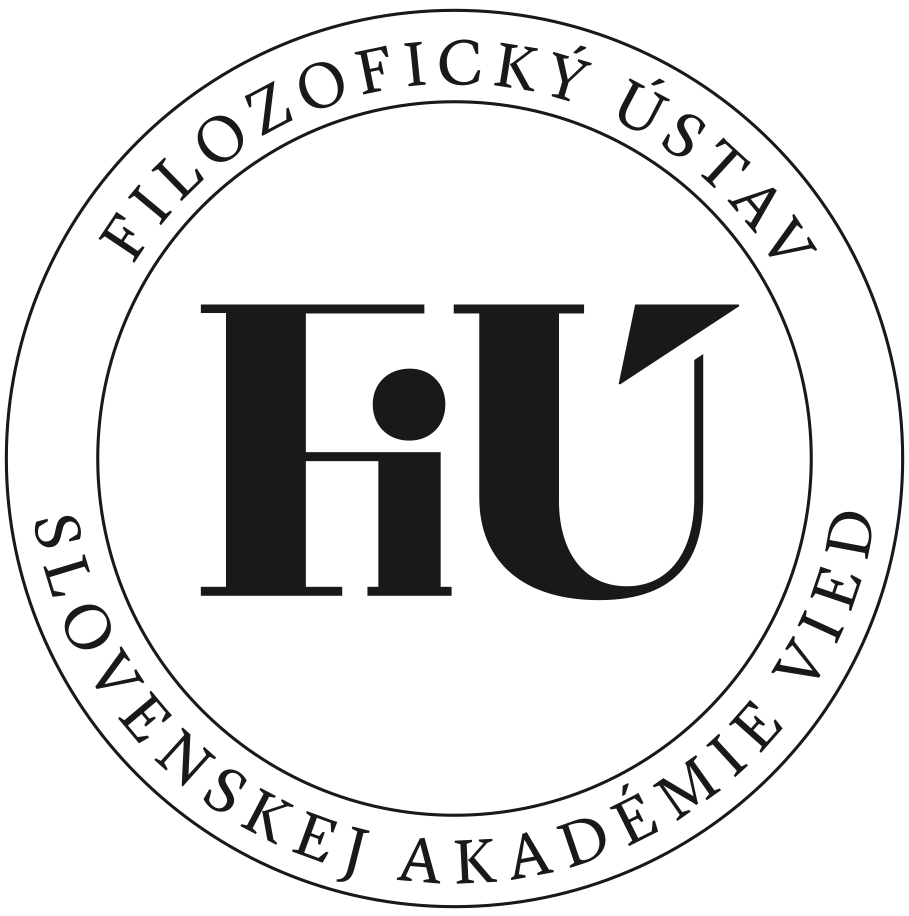Publication Details
Light and Colour
Abstract
Philosophy and visual arts seemed to agree: from an intelligible point of view, colours are submitted to the light despite the sensible fact that no light is visible without colour. Colour is submitted to the drawing as secondary qualities are to primary ones; colours are unable to create forms or figures. When Newton discovered that white differs from other colours, the latter achieved a new status especially in visual arts: they achieved a certain freedom from drawing. A long time after Newton, Kupka came. But between Newton and Kupka, Goethe wrote his Theory of colours and criticized Newton’s indifference to the visual experience. According to Goethe, colours are produced by the world itself, i.e. by a certain degree of turbidity in the air. So colours are no more obliged to give credit to the drawing as a paradigm of the forms. As Robert Delaunay says, colours create forms.
Colour, Dagoty, Delaunay, Engraving, Figure, Form, Goethe, Kupka, Light, Mezzotinto, Newton, Poussinist, Rubinist
